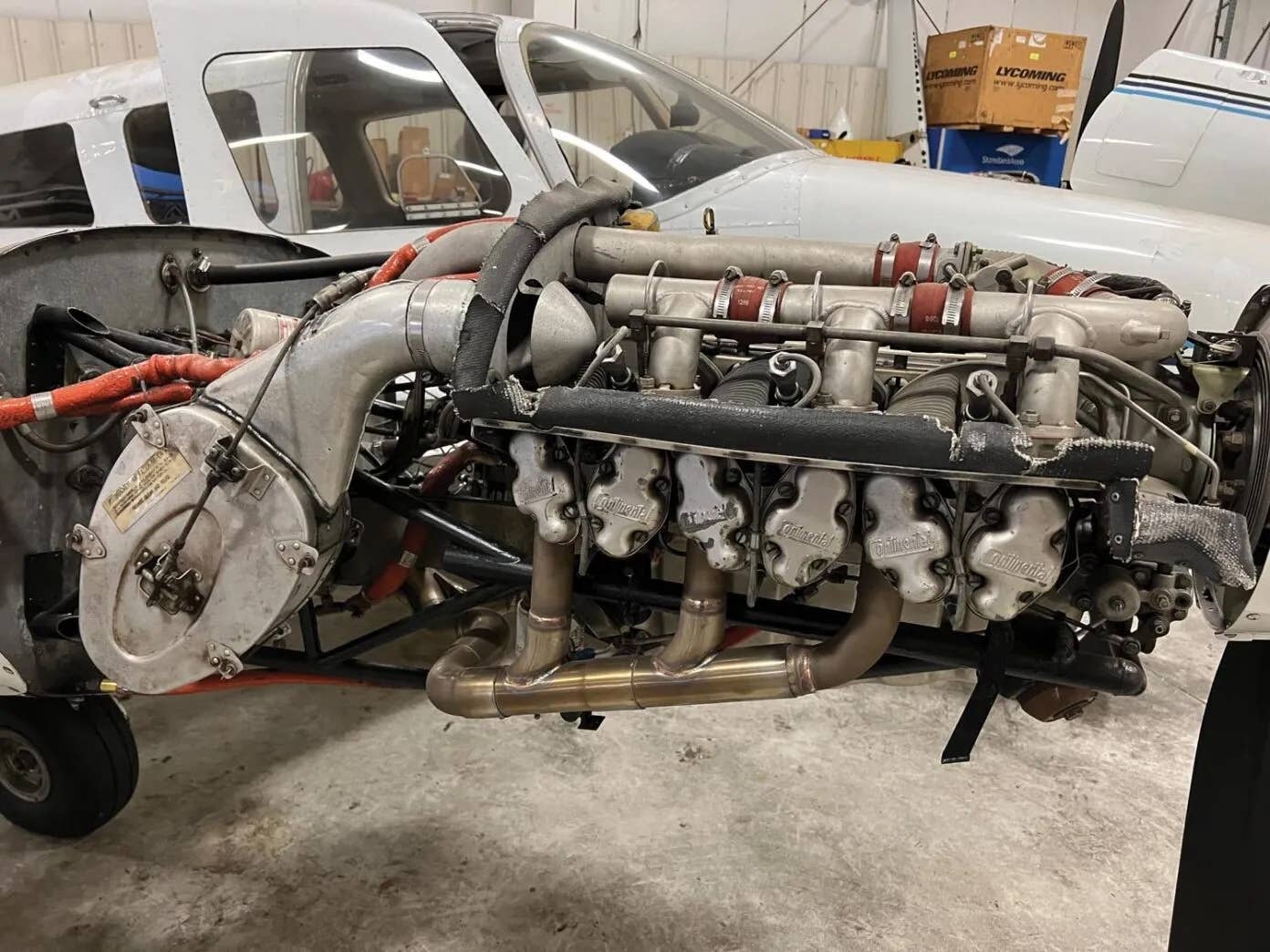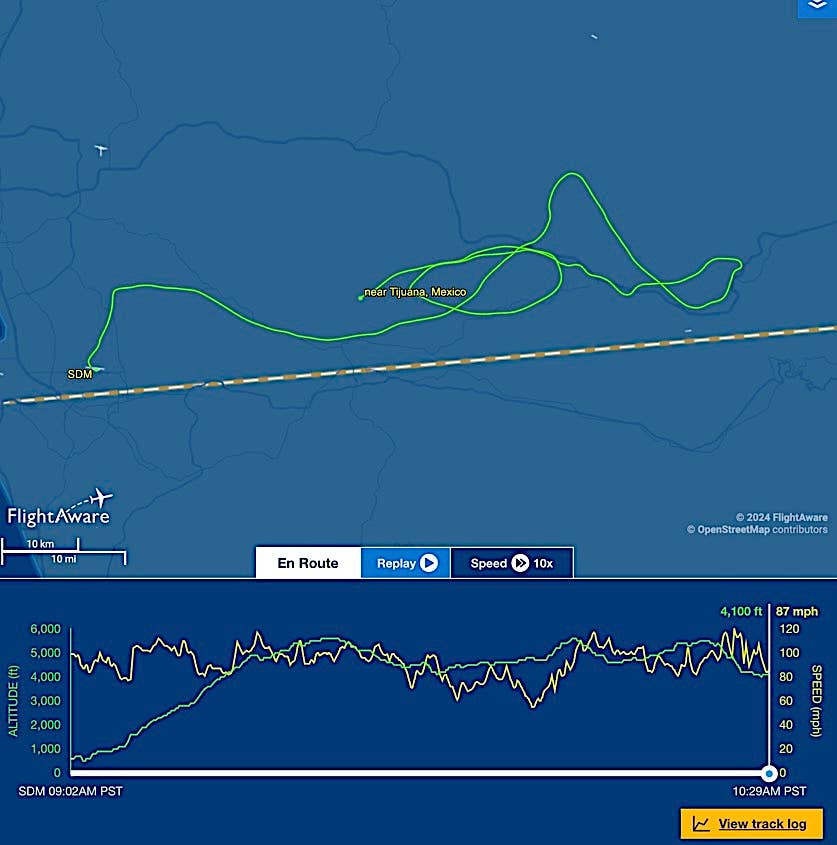General Aviation Accident Bulletin
AVweb’s General Aviation Accident Bulletin is taken from the pages of our sister publication, Aviation Safety magazine. All the reports listed here are preliminary and include only initial factual findings…

Aviation Safety Accident Bulletin
AVweb's General Aviation Accident Bulletin is taken from the pages of our sister publication, Aviation Safety magazine. All the reports listed here are preliminary and include only initial factual findings about crashes. You can learn more about the final probable cause on the NTSB's website at www.ntsb.gov. Final reports appear about a year after the accident, although some take longer. Find out more about Aviation Safety at www.aviationsafetymagazine.com.
February 17, 2021, Indian Head, MD
Cessna 150G
At about 0945 Eastern time, the airplane was substantially damaged when it was force-landed in trees following engine failure. The flight instructor and pilot receiving instruction were uninjured. Visual conditions prevailed.
About 90 minutes into the flight, while performing a left chandelle maneuver, the engine “hiccuped” momentarily. The pair climbed to 4000 feet MSL and proceeded to a nearby airport for a precautionary landing. Abeam the runway numbers, the airplane was several hundred feet above pattern altitude. The instructor took control and initiated a side slip to lose altitude with the throttle set to 1400 rpm, but the airplane was still too high and fast, so the instructor executed a go-around maneuver. During the go-around, the airplane climbed 300-400 feet, and then the engine stopped producing power, stopping the propeller. Without time to perform remedial actions, the instructor executed a forced landing into trees.
February 18, 2021, Jeffersonville, Ind.
Gates Learjet 55C
The airplane was substantially damaged at about 1905 Central time when it was landed on a closed runway. The captain and first officer were not injured. Instrument conditions were present at the destination for the FAR Part 135 on-demand cargo flight, which operated on an IFR flight plan.
As the crew neared the destination, they planned for the ILS approach to Runway 18, circle to Runway 36. On breaking out from the approach and maneuvering for a landing, both pilots believed they identified Runway 36. Upon touchdown, it became clear they had inadvertently landed on Runway 32, which they both knew was closed. The airplane struck a snow berm at the intersection with Runway 36, the landing gear broke off and the jet slid to a stop, sustaining damage to its landing gear, lower fuselage, wings and ventral strakes. Both pilots stated that, during the visual approach, they did not use their instruments to verify they were lined up with the intended runway. The airport manager noted that, depending on the direction the airplane was coming from, the lights for Runway 36 may not have been visible due to snow berms.
February 19, 2021, Los Angeles, Calif.
Piper PA-32-260 Cherokee Six 260
At about 1158 Pacific time, the airplane was substantially damaged during an off-airport landing following engine failure. The solo pilot was fatally injured and a person on the ground sustained minor injuries. Visual conditions prevailed.
The airplane departed Torrance at 1146 and flew south-southeast along the Pacific coast while climbing to about 3400 feet MSL. At 1155:29, the pilot reported to ATC that he was experiencing engine problems. About 90 seconds later, the pilot added, “I think I have to make an off-airport landing.” The airplane proceeded toward Terminal Island and aligned for an emergency landing to a paved area. Video footage shows the airplane descended in a relatively flat attitude before its left wing collided with a semi-truck, and then it impacted a concrete barrier in a left-wing-low attitude. The airplane cartwheeled and came to rest upright. Examination revealed internal damage to several cylinders. Over a pint of metal was recovered from the engine’s oil sump.
February 22, 2021, St. Marys, Penn.
Cessna 421 Golden Eagle
The airplane was substantially damaged at 1145 Eastern time, a when it landed beside the runway in a snow bank. The airline transport pilot sustained minor injuries; the two passengers were not injured. Instrument conditions prevailed; an IFR flight plan had been filed.
After breaking out from the Runway 28 RNAV approach, the pilot saw approach lights and the “outline of the runway.” On touchdown, the airplane struck a snow berm on the left side of the runway. Examination revealed “ground” scars in the snow left of the runway edge, beginning about 1000 feet from the approach end. At the time of the accident, the runway was covered in snow estimated to be about 3-5 inches deep. The runway edge lights and runway end identifier lights were beneath the snow. There were no NOTAMs issued about snow on the runway, obscuration of the runway lights or any other field conditions prior to the accident.
This article originally appeared in the May 2021 issue of Aviation Safety magazine.
For more great content like this, subscribe to Aviation Safety!






